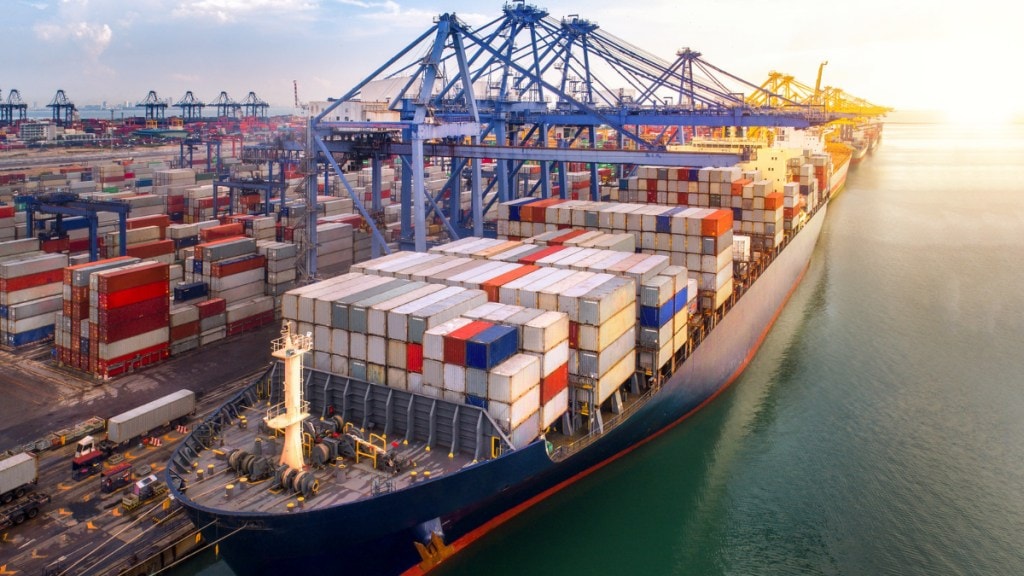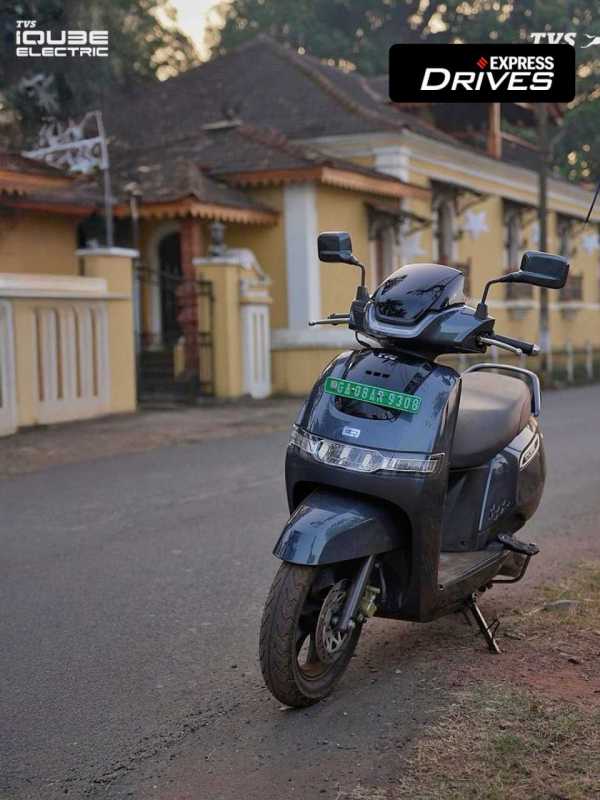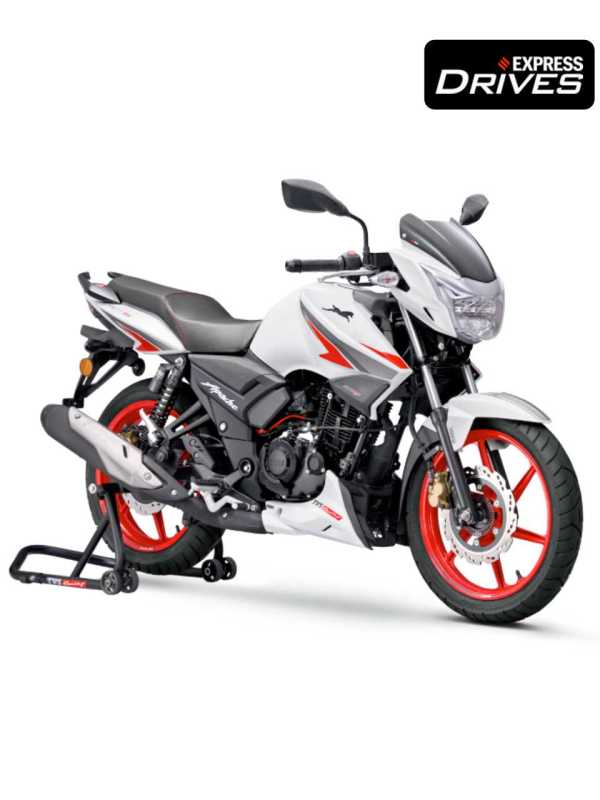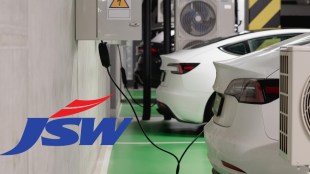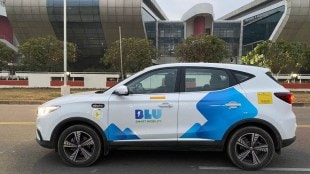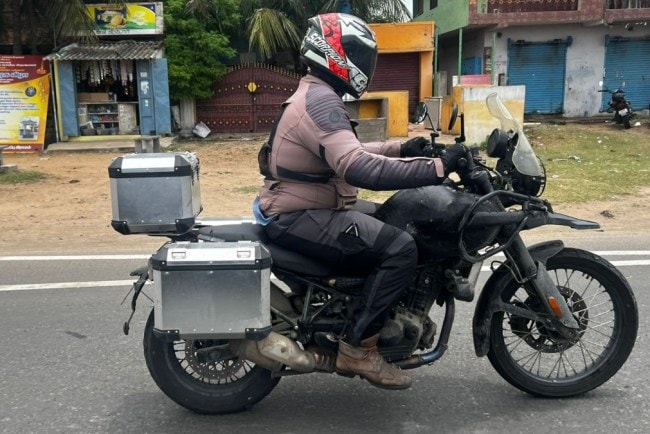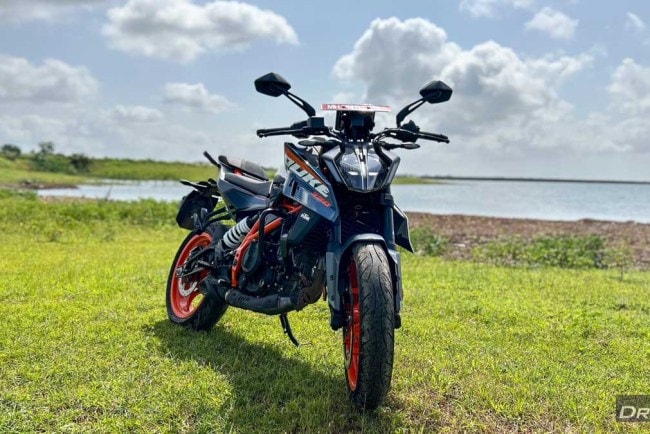World trade is facing one of the most challenging times in history. Often referred as the Red Sea crisis, trade at the Gulf of Aden region is impacted due to attacks on ships by Yemen-based Houthi militants. This has far-reaching implications and is disrupting the supply chain for the automotive industry globally.
A recent report by S&P Global states that with a reliance on just-in-time inventory and sea-freighted electric vehicle batteries from Asia, the industry faces air, rail, and road as alternatives, though air may not be feasible for bulkier and/or heavier parts. It found that rail accounted for 4.7% of the EU’s auto parts imports from Asia in 2023. It is also impacted by sanction-related issues. Despite temporary rerouting options, longer routes increase shipping costs for OEMs and reliant companies.
Furthermore, shipping costs have a substantial inflationary impact. It estimates that ships originating from Asia rerouted 3,500 nautical miles (6,500 kilometres) around South Africa instead of taking a shortcut through the Suez Canal that can extend the journey by up to 20 days. This meant in addition to the duration, it also led to an increase in shipping, insurance and container (shortage) costs among others.
Shashank Srivastava, Executive Director, Maruti Suzuki India told Financial Express Online, “The Red Sea crisis generally impacts shipments to East & North Africa. The shipment to the Middle East remains unaffected. Exports to the Middle East account roughly for 20% for Maruti Suzuki India, for East & North Africa they are about 6-8%. A solution for these exports is for shipping lines to take the alternative route via the Cape of Good Hope. This obviously entails a slightly longer shipment time, adding almost 2 weeks. Not only this the insurance rates become higher and will ultimately reflect in increased shipping costs when the next round of fright negotiations takes place.”
The Indian component industry also is maintaining a cautious approach.
Vinnie Mehta, Director General, ACMA said, “The Red Sea crisis is indeed of much concern, and we are therefore maintaining a cautious outlook towards it. There is definitely an increase in shipping cost, container availability and even congestion at ports, which has led to an increase in transit times. In certain cases, companies are airlifting, especially critical components, to meet customer requirements. Going forward, depending on the situation, the price and time to export could be much higher. We continue to monitor the situation closely.”
It is also important to note that freight rates are usually negotiated for a medium term (around 6 months), which means that the next round of freight negotiations could very well determine the quantum of disruption for the automotive industry.
Some experts even believe that even though some shipping routes are being rerouted through Cape of Good Hope, its practical feasibility for some companies and countries would be need to completely relooked. After all not all products will be able to afford delays and a higher freight rate.


